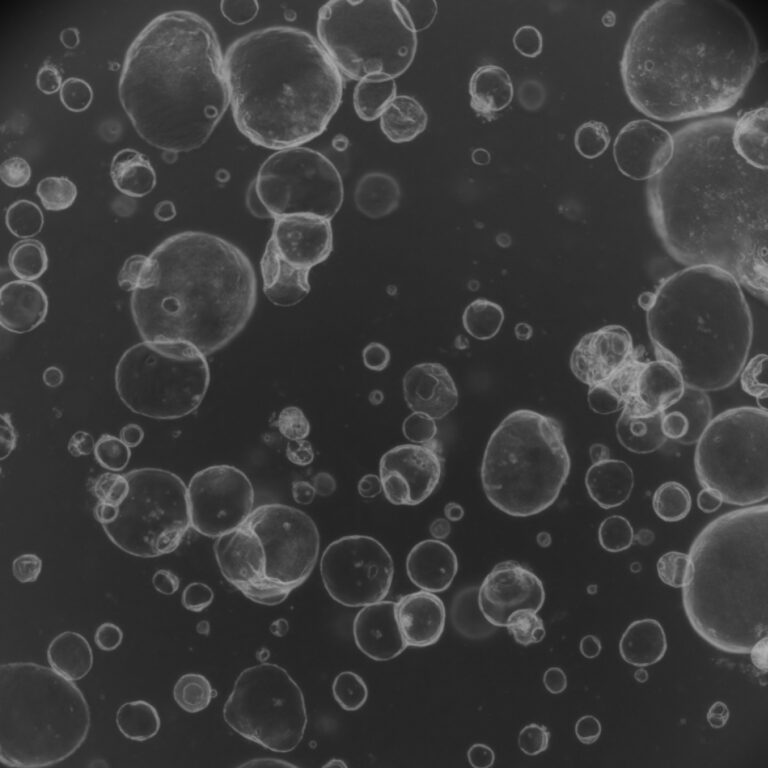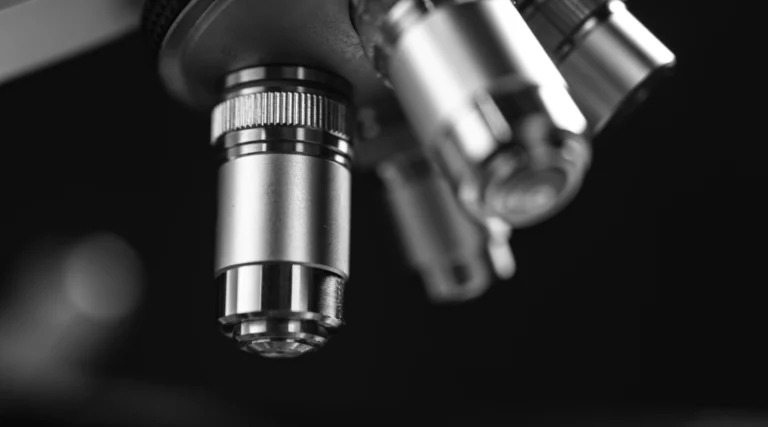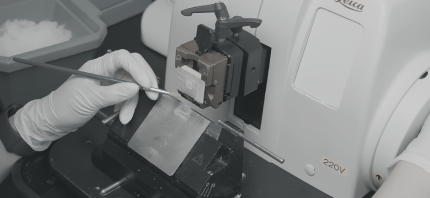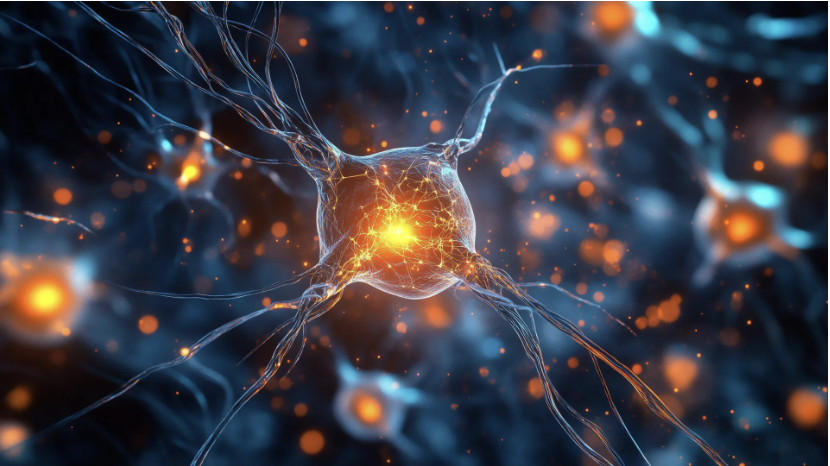Smart CRISPR Editing: Deep-learning Guides Tiny Micro-homology Arms to Achieve Precise, Predictable Genome Integrations
Journal: Nature Biotechnology
Author: Naert, T., Yamamoto, T., Han, S. et al., Switzerland / Belgium /USA
Researchers have developed a novel strategy to improve the accuracy of CRISPR-mediated DNA integration and editing. By using deep learning models to predict repair outcomes at the genome – cargo interface, they designed specialized base-pair tandem repeat repair arms that align with microhomologies at DNA breaks. This approach significantly enhances precise, frame-preserving integration while minimizing deletions. Successful integrations were demonstrated across multiple genomic sites in human cells, as well as germline transmission and protein tagging in frog embryos and adult mouse brains. Additionally, the method enables scarless small genetic edits in both lab and living organisms. The team also offers a new design tool, Pythia, to support precise genome editing applications in research and therapeutic contexts.
Cortical Aging Shifts the Balance: Deeper Layers Thin While Input Layer Thickens and Myelin Content Increases
Journal: Nature Neuroscience
Author: Liu, P., Doehler, J., Henschke, J.U. et al., Germany / UK / New Zealand
Using advanced 7T MRI and imaging techniques, researchers studied how aging affects the layers of the primary somatosensory cortex in both humans and mice. They found that the input layer (IV) in older adults is larger and more myelinated, correlating with prolonged sensory signals. Age-related thinning mainly affects deeper layers, accompanied by increased myelination but no clear loss of inhibition. In mice, increased sensory activity and changes in inhibitory neurons suggest a balancing mechanism. These findings highlight how specific cortical layers are differentially impacted by aging, influencing sensory processing across species.
Designer Mitochondrial Gₛ Receptor Reverses Cognitive Deficits in Nouse Models of Neurodegeneration
Journal: Nature Neuroscience
Author: Pagano Zottola, A.C., Martín-Jiménez, R., Lavanco, G. et al., France / Canada / Italy / Spain
Researchers developed a mitochondria-specific engineered receptor, mitoDREADD-Gs, that activates mitochondrial function by boosting membrane potential and oxygen consumption. In mouse models, activating mitoDREADD-Gs reversed memory problems caused by cannabinoids and neurodegenerative diseases like Alzheimer’s and frontotemporal dementia. This innovative tool helps clarify the role of mitochondrial dysfunction in brain disorders and offers a promising new therapeutic strategy.
TRPV1+ Sensory Neurons Activate Skin γδ T Cells and Myeloid Defenses Against Schistosoma Mansoni
Journal: The Journal of Immunology
Author: Juan M Inclan-Rico, Adriana Stephenson, Camila M Napuri, Heather L Rossi, Li-Yin Hung, Christopher F Pastore, Wenqin Luo, and De’Broski R Herbert., USA
This study reveals that TRPV1-expressing pain-sensing neurons play a crucial role in detecting and defending against the parasitic worm Schistosoma mansoni during skin invasion. Infection reduced the responsiveness of these neurons, which normally help limit parasite entry and migration by activating protective immune responses. TRPV1+ neurons promote T cell activity and recruit immune cells to the skin, but the parasite appears to suppress their activation to evade immune defense, aiding its spread and chronic infection.




